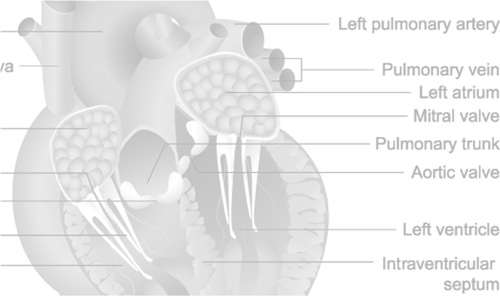Anatomy: Animals InsideAnimal Anatomy Basics |
What is anatomy? |
Nine-banded armadillos—found in the U.S. and Central and South America— are not well known to most people, but they have fascinating features for a mammal. For example, they are always born as same-sex identical quadruplets, and hungry armadillos can eat up to 40,000 ants at a single “meal.” They are also excellent in the water, holding their breath for up to ten minutes by inhaling air into their lungs, stomach, and intestines, all of which make them buoyant, too. They also can feel by walking along the bottom of a river or shallow lake—all by letting their breath out.
Anatomy is the study of an organism’s (plant or animal) structure or any of its parts, including the major organs, tissues, and cells. In other words, it refers to the internal structure (and how it is organized within) of an organism. Major branches of anatomy include comparative anatomy (the similarities and differences between structures and organizations of organisms), histology (study of organisms’ tissues), cytology (study of cells), and human anatomy (anthropotomy).
To compare, and since function is included in this field, anatomy is directly related to physiology, or the mechanical, physical, and biological functions of organisms and the parts involved in those functions. For purposes of this text, the current chapter focuses on the animals’ physical attributes as anatomy; the following chapter (“Physiology: Animal Function and Reproduction”) on physiology includes more detail about how animals function.

